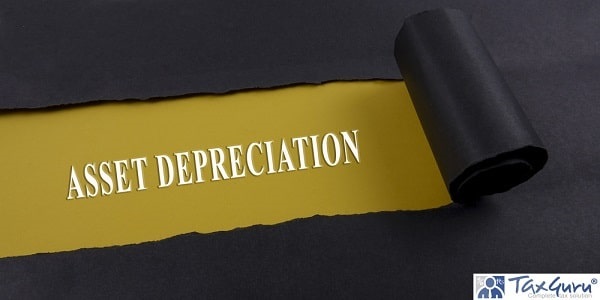Case Law Details
Sakthi Metal Depot Vs CIT (Supreme Court of India)
the building which was acquired by the assessee in 1974 and in respect of which depreciation was allowed to it as a business asset for 21 years, that is upto the assessment year 1995-96, still continued to be part of the business asset and depreciable asset, no matter the non-user disentitles the assessee for depreciation for two years prior to the date of sale. We do not know how a depreciable asset forming part of block of assets within the meaning Section 2(11) of the Act can cease to be part of block of assets. The description of the asset by the assessee in the Balance Sheet as an investment asset in our view is meaningless and is only to avoid payment to tax on short term capital gains on sale of the building. So long as the assessee continued business, the building forming part of the block of assets will retain it’s character as such, no matter one of two of the assets in one or two years not used for business purposes disentitles the assessee for depreciation for those years. In our view instead of selling the building, if the assessee started using the building after two years for business purposes the assessee can continue to claim depreciation based on the written down value available as on the date of ending of the previous year in which deprecation was allowed last

FULL TEXT OF THE SUPREME COURT JUDGMENT/ORDER
Heard learned counsel for the parties.
In our view the High Court justly over-turned the opinion recorded by the Commissioner of Income Tax (Appeals) II, Aayakar Bhavan North Block, Manachira, Calicut, vide Order dated 23.06.2004 in Appeal No. ITA 57/M/00-01, inter alia, on the following basis: –
“In other words, in our view, the building which was acquired by the assessee in 1974 and in respect of which depreciation was allowed to it as a business asset for 21 years, that is upto the assessment year 1995-96, still continued to be part of the business asset and depreciable asset, no matter the non-user disentitles the assessee for depreciation for two years prior to the date of sale. We do not know how a depreciable asset forming part of block of assets within the meaning Section 2(11) of the Act can cease to be part of block of assets. The description of the asset by the assessee in the Balance Sheet as an investment asset in our view is meaningless and is only to avoid payment to tax on short term capital gains on sale of the building. So long as the assessee continued business, the building forming part of the block of assets will retain it’s character as such, no matter one of two of the assets in one or two years not used for business purposes disentitles the assessee for depreciation for those years. In our view instead of selling the building, if the assessee started using the building after two years for business purposes the assessee can continue to claim depreciation based on the written down value available as on the date of ending of the previous year in which deprecation was allowed last.”
(emphasis supplied)
The reasoning by the High Court in view of the facts on record commends to us.
The High Court has, therefore, rightly restored the findings and addition made in the assessment order. Hence, we find no merits in this appeal and it is dismissed.
The appeal is dismissed in terms of the signed order.
Pending applications, if any, shall stand disposed of.




